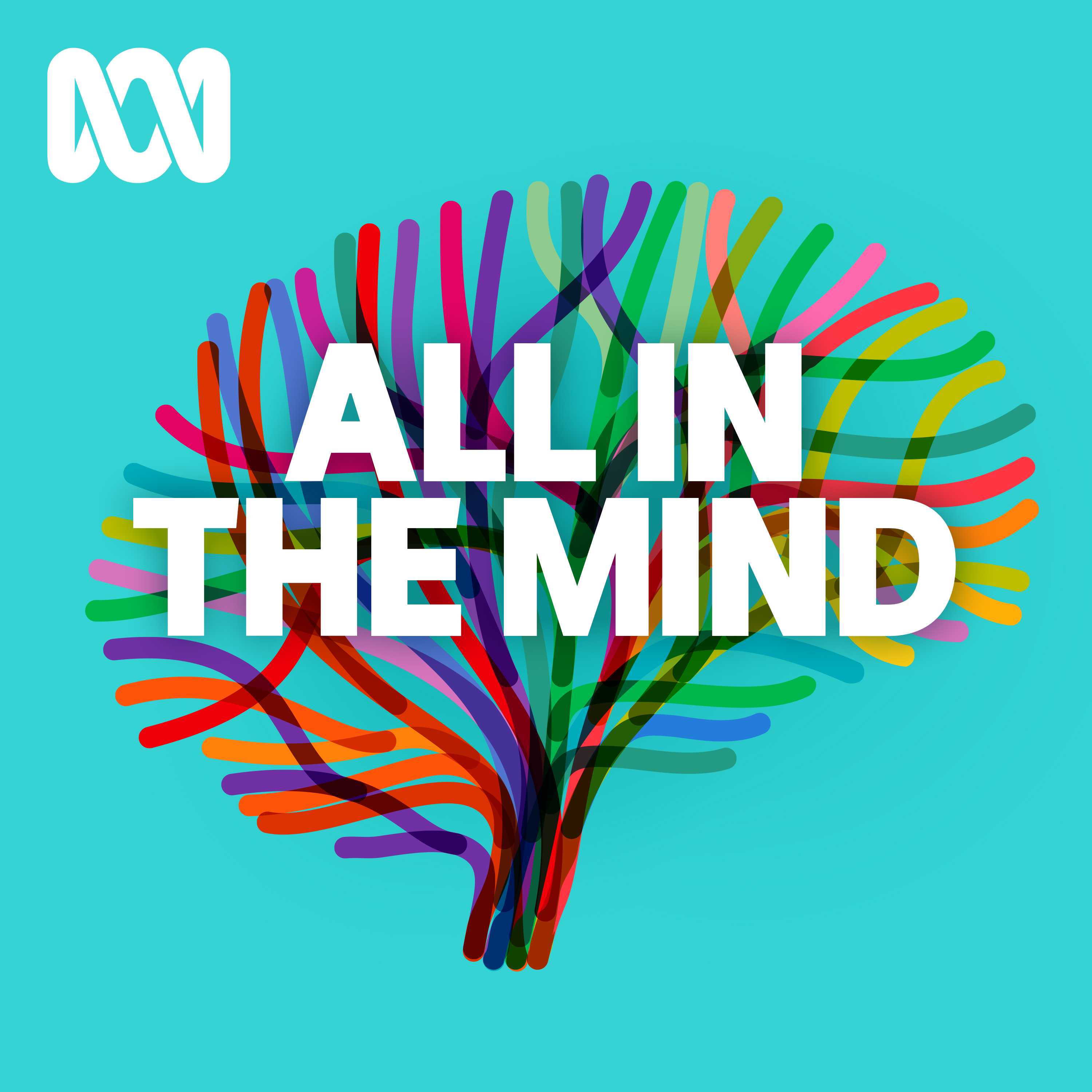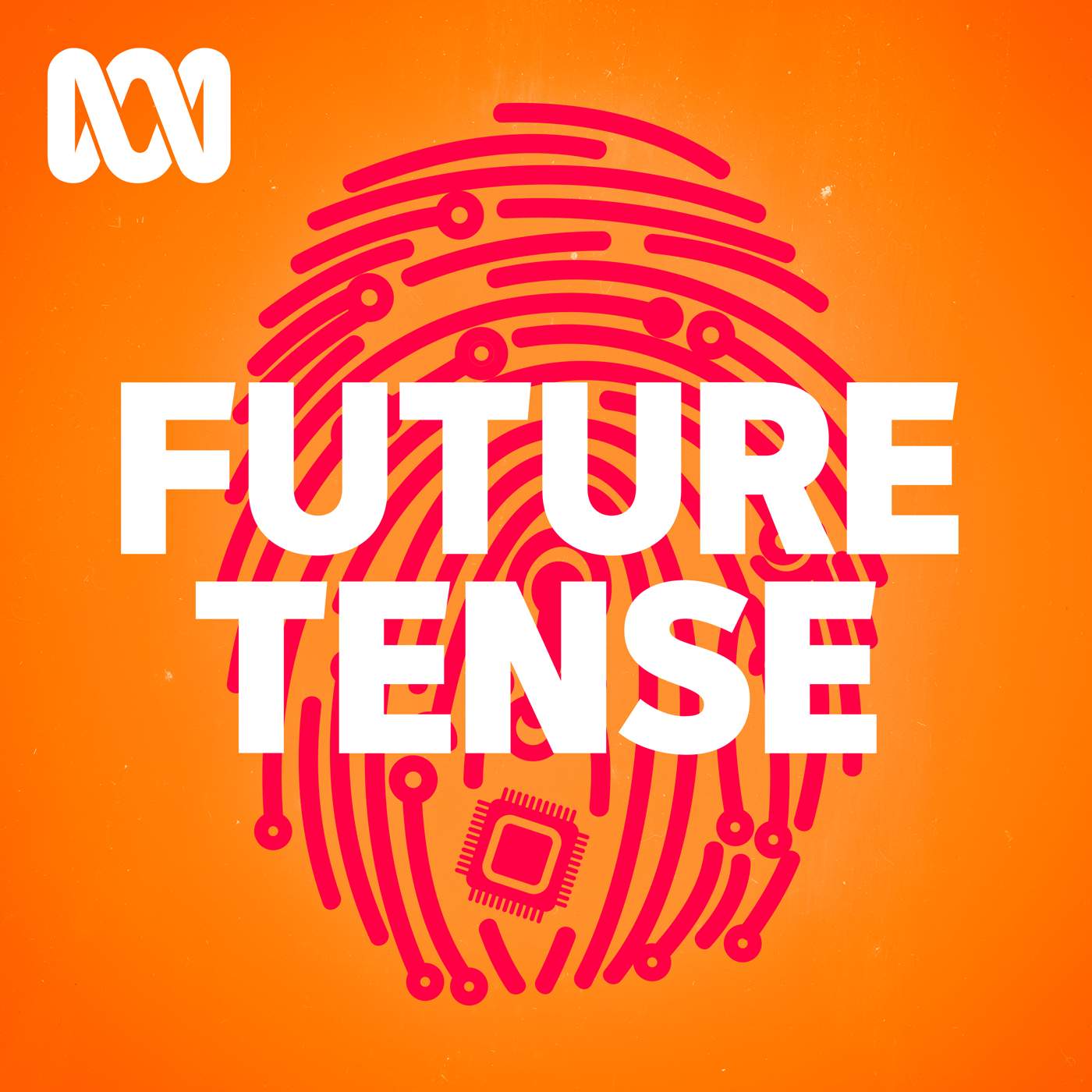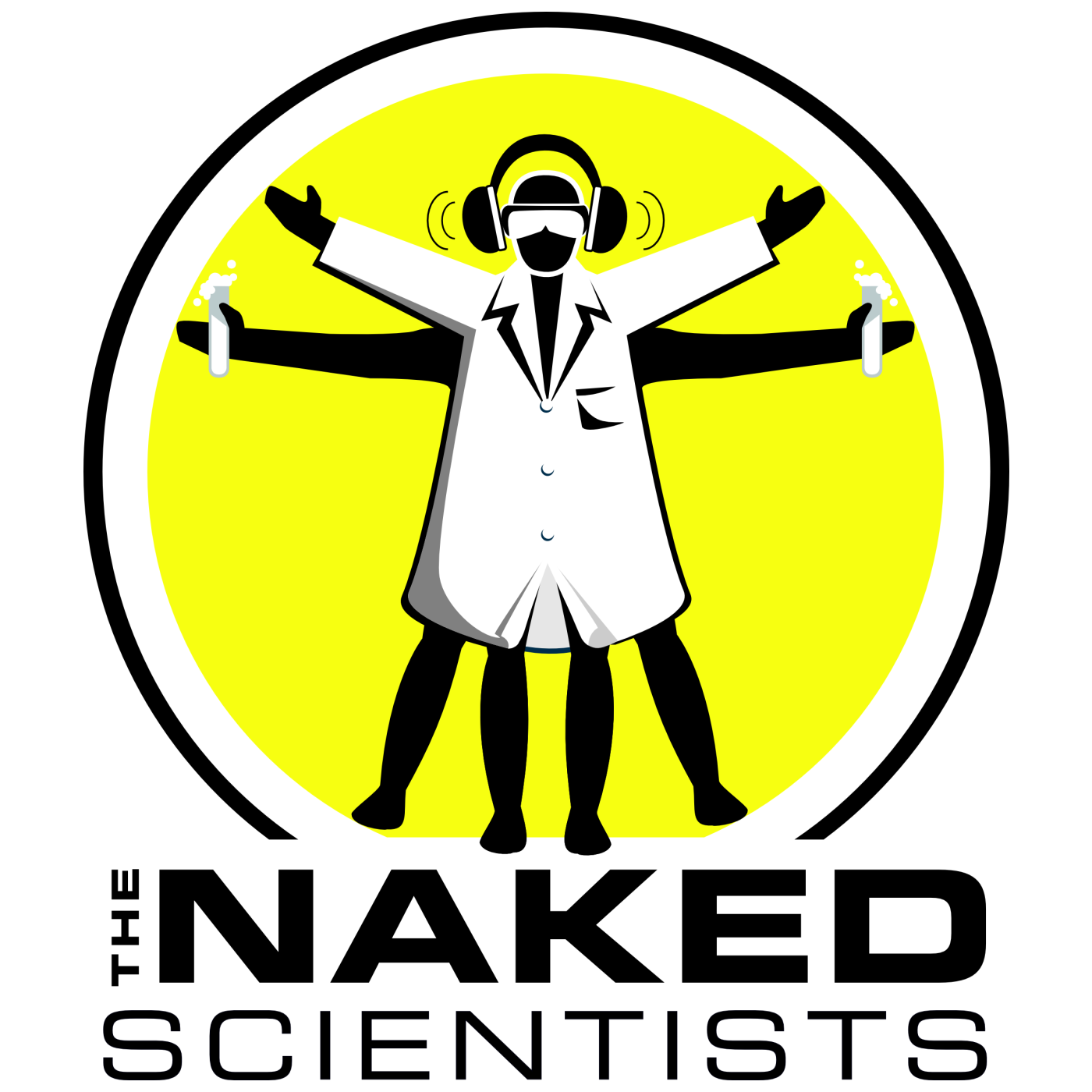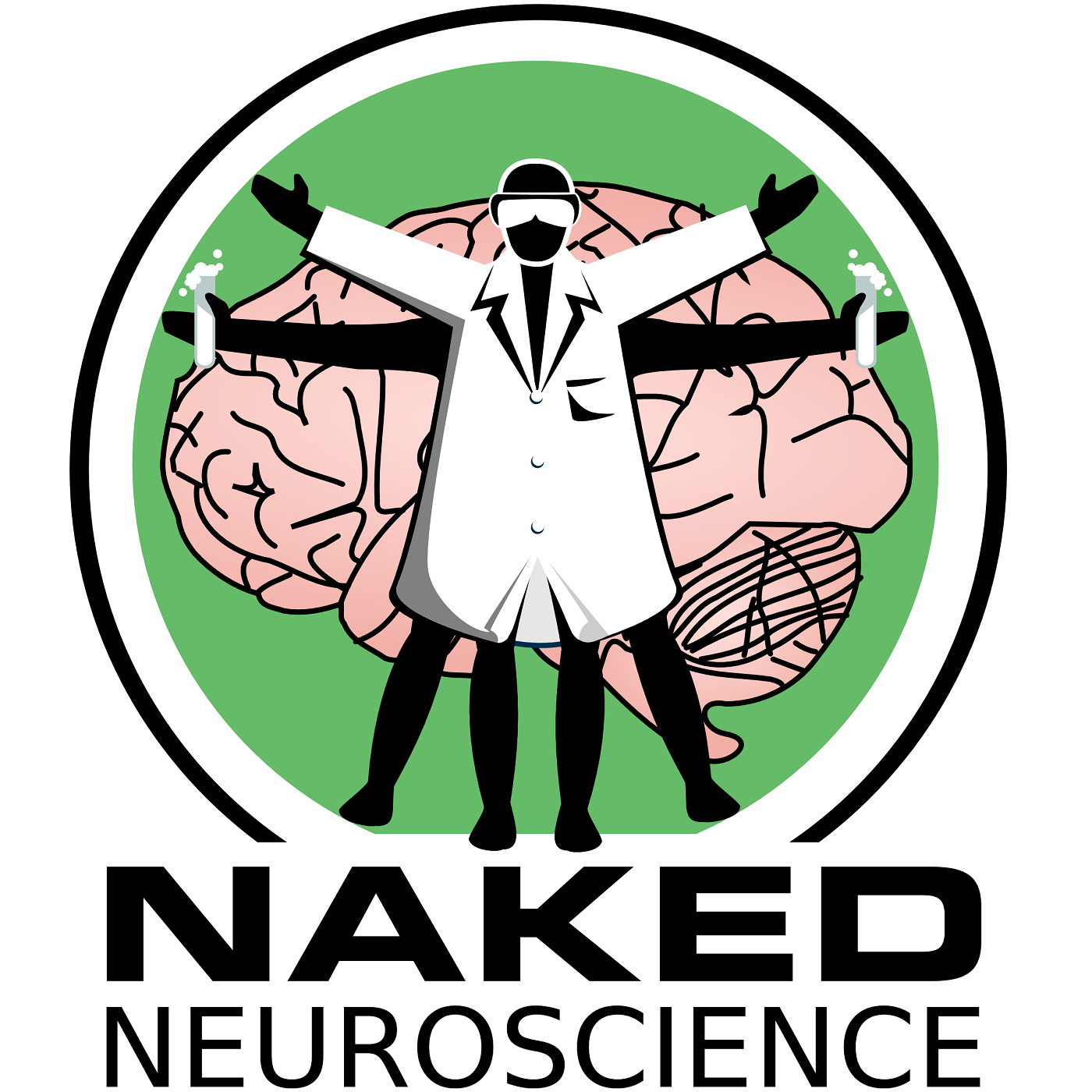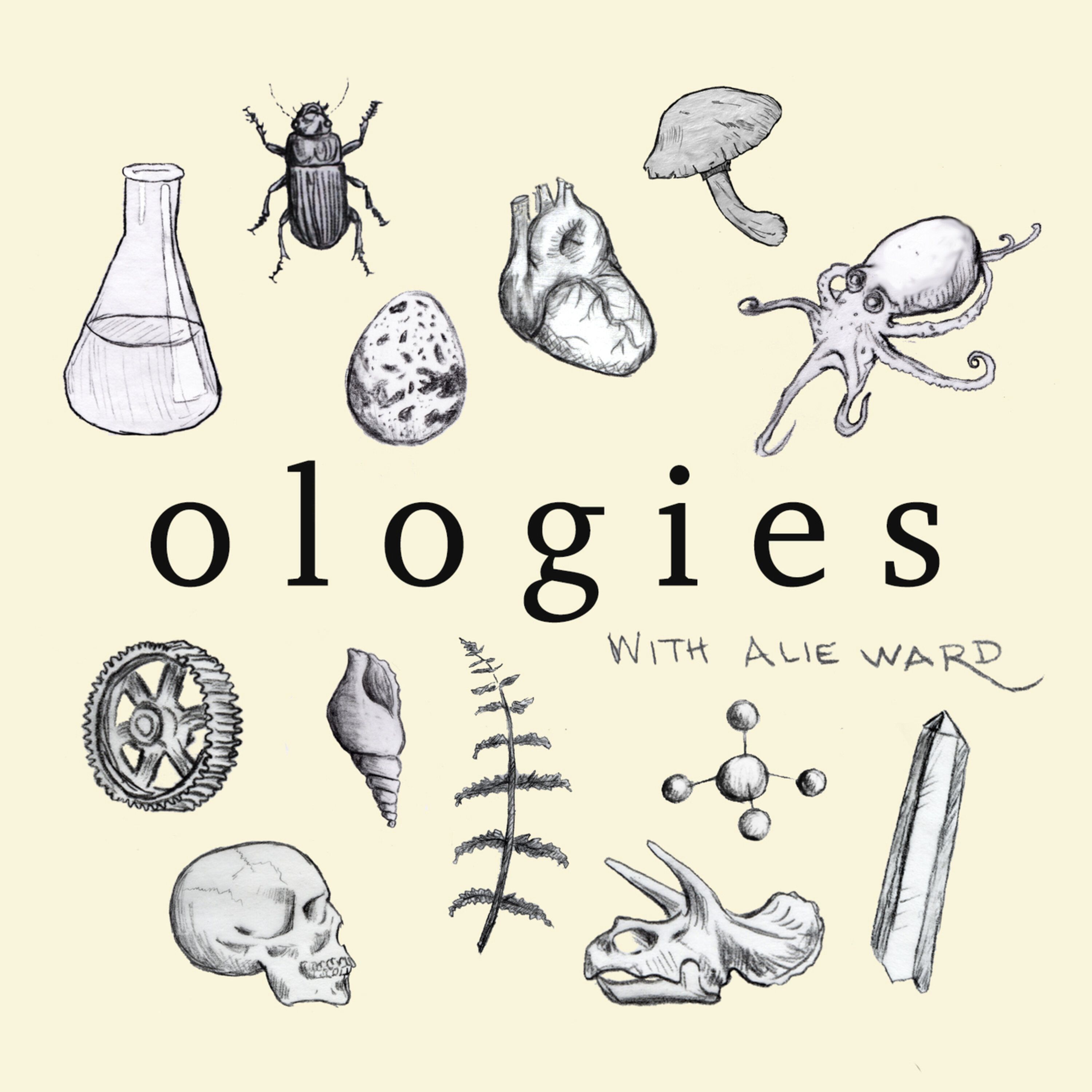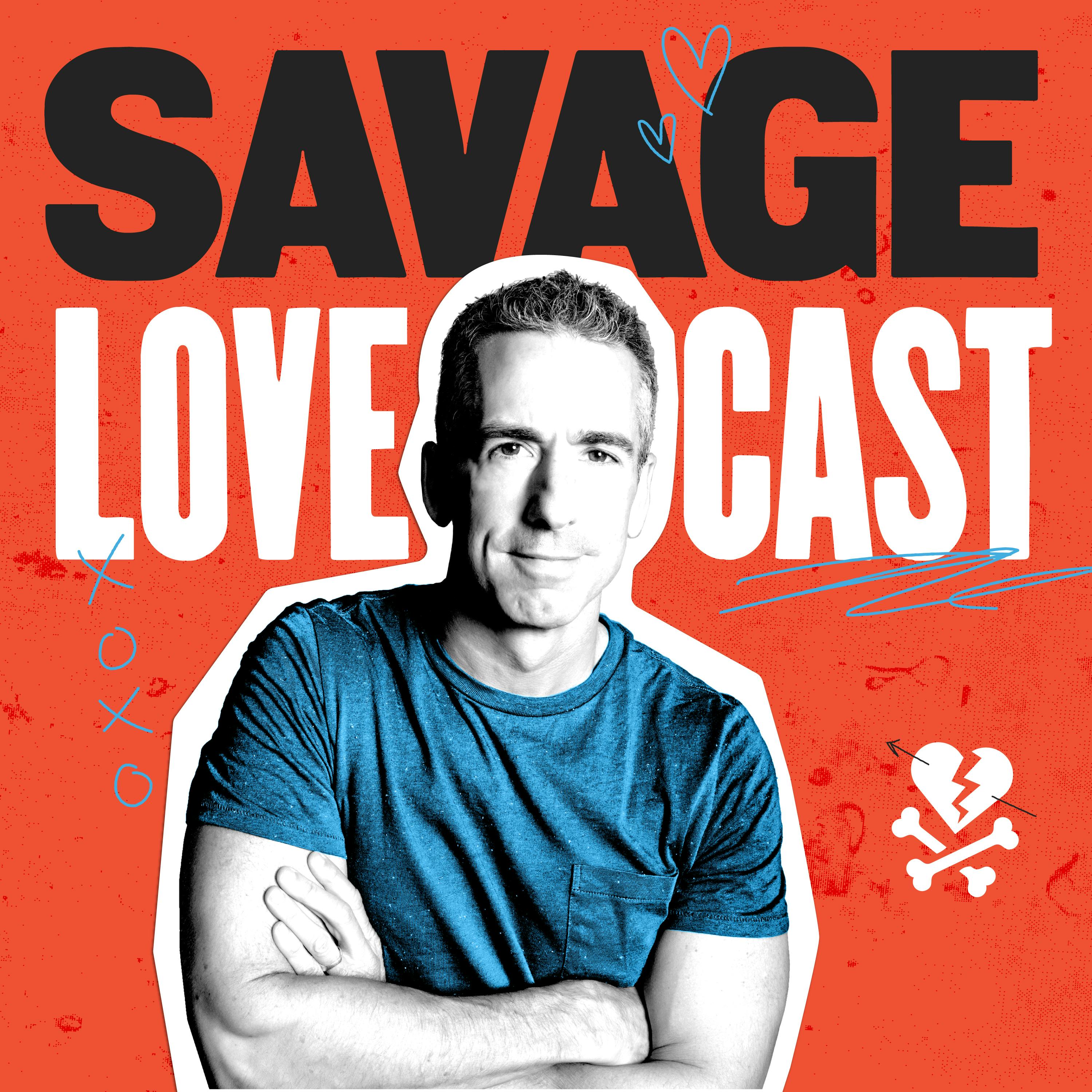
Heliox: Where Evidence Meets Empathy
Join our hosts as they break down complex data into understandable insights, providing you with the knowledge to navigate our rapidly changing world. Tune in for a thoughtful, evidence-based discussion that bridges expert analysis with real-world implications, an SCZoomers Podcast
Independent, moderated, timely, deep, gentle, clinical, global, and community conversations about things that matter. Breathe Easy, we go deep and lightly surface the big ideas.
Curated, independent, moderated, timely, deep, gentle, evidenced-based, clinical & community information regarding COVID-19. Since 2017, it has focused on Covid since Feb 2020, with Multiple Stores per day, hence a sizeable searchable base of stories to date. More than 4000 stories on COVID-19 alone. Hundreds of stories on Climate Change.
Zoomers of the Sunshine Coast is a news organization with the advantages of deeply rooted connections within our local community, combined with a provincial, national and global following and exposure. In written form, audio, and video, we provide evidence-based and referenced stories interspersed with curated commentary, satire and humour. We reference where our stories come from and who wrote, published, and even inspired them. Using a social media platform means we have a much higher degree of interaction with our readers than conventional media and provides a significant amplification effect, positively. We expect the same courtesy of other media referencing our stories.
Heliox: Where Evidence Meets Empathy
The Iron Cage: How COVID Locks Away A Vital Resource and Creates Long-Haulers
see our related substack for more resources
In this eye-opening episode of Heliox, we dive deep into groundbreaking research that may finally explain why some COVID survivors never fully recover. A landmark study published in Nature Immunology followed 214 individuals for a full year after infection, uncovering a previously overlooked connection between long COVID and iron dysregulation. When COVID-19 triggers inflammation, it sets off a chain reaction that traps iron in certain immune cells while depriving others, essentially creating a metabolic hostage situation inside your body. This iron imbalance persists long after the initial infection, compromising your body's ability to deliver oxygen and potentially explaining the fatigue, brain fog, and other debilitating symptoms that plague long-haulers. Most importantly, this research reveals that signs of this iron dysfunction at the 15-30 day mark could predict who would develop long COVID months later—opening doors for early intervention and targeted treatments. If you've ever wondered why some people bounce back while others remain stuck in a post-viral limbo, this episode sheds light on the invisible cellular battlefield that may determine your recovery fate.
This is Heliox: Where Evidence Meets Empathy
Independent, moderated, timely, deep, gentle, clinical, global, and community conversations about things that matter. Breathe Easy, we go deep and lightly surface the big ideas.
Thanks for listening today!
Four recurring narratives underlie every episode: boundary dissolution, adaptive complexity, embodied knowledge, and quantum-like uncertainty. These aren’t just philosophical musings but frameworks for understanding our modern world.
We hope you continue exploring our other podcasts, responding to the content, and checking out our related articles on the Heliox Podcast on Substack.
About SCZoomers:
https://www.facebook.com/groups/1632045180447285
https://x.com/SCZoomers
https://mstdn.ca/@SCZoomers
https://bsky.app/profile/safety.bsky.app
Spoken word, short and sweet, with rhythm and a catchy beat.
http://tinyurl.com/stonefolksongs
Curated, independent, moderated, timely, deep, gentle, evidenced-based, clinical & community information regarding COVID-19. Since 2017, it has focused on Covid since Feb 2020, with Multiple Stores per day, hence a large searchable base of stories to date. More than 4000 stories on COVID-19 alone. Hundreds of stories on Climate Change.
Zoomers of the Sunshine Coast is a news organization with the advantages of deeply rooted connections within our local community, combined with a provincial, national and global following and exposure. In written form, audio, and video, we provide evidence-based and referenced stories interspersed with curated commentary, satire and humour. We reference where our stories come from and who wrote, published, and even inspired them. Using a social media platform means we have a much higher degree of interaction with our readers than conventional media and provides a significant amplification effect, positively. We expect the same courtesy of other media referencing our stories.
All right. So you're here because, let's be honest, you really want to get to the bottom of things. Yeah. You want to kind of cut through all the noise and figure out what's actually important. Absolutely. And especially with something as complicated and kind of scary, frankly, as... You know, the long term effects after you've had a COVID-19 infection. Right. What we often hear called long COVID. Yeah, long COVID. This is a huge puzzle that researchers are still trying to piece together. And today we're going to dive into a study that I think you'll find pretty fascinating. Yeah. That really unearthed some... clues about why some people end up dealing with these lingering symptoms while others seem to bounce back pretty quickly. Right. And so what we're going to do is we're going to really explore this research that was published in Nature Immunology. Okay. And what these researchers did is they actually followed 214 individuals for a full year. After they got COVID-19. Wow. A whole year. That's a long time. Yeah. They tracked them through all sorts of different degrees of illness from people who didn't even know they had it to those who were really sick and needed ventilators. Oh, wow. And they analyzed their blood and really documented how they were feeling comparing them to people who were perfectly healthy. So it's like a really robust, like, you know, almost like a long term case study kind of. Exactly. Of what happens after you've had a COVID infection. Yeah. So our mission today really is to try to understand those early warning signs of long COVID. You know, like what's happening in those first few weeks biologically that might be whispering to us. hey, this person might be more likely to have a harder time in the long run. Exactly. And particularly, we're going to be focusing on how inflammation and the body's management of iron might be playing a role there. Okay, iron. That's interesting. We don't always hear about that. So let's get into it. This study grouped people according to how sick they got initially with the virus. Right. Can you break down those groups for us? Sure. So we had five distinct groups. And these were based on the peak severity of their COVID-19. Okay. Okay. So group A, those were our asymptomatic individuals. They didn't even know they had it. Interesting. And then we move on to group B. These were folks who experienced mild symptoms. Group C, moderate symptoms, but they didn't require extra oxygen. Okay. Group D, also moderate symptoms, but they needed some oxygen support. Got it. And then finally, group E, that was the most severe cases. So these are the folks who needed a ventilator to help them breathe. Okay. So kind of the whole spectrum of COVID experience from like didn't even know you had it to very, very ill. Exactly. And it's worth noting as we talk about these groups, as we move from the asymptomatic and mild groups to the more severe ones, the individuals in those groups tended to be older. And there were more men in those groups as well. Interesting. Okay, so not just about, you know, what people were feeling, but they were looking really under the hood at the immune system right from the very beginning. What were they seeing in those early days like when people were just starting to get sick or not even realizing they were sick? So what's really interesting here is how differently people's immune systems responded in those first couple of weeks. Okay. So particularly for folks with moderate to severe COVID, so we're talking group C, D, and E. Mm-hmm. They noticed that there was a drop in the number of certain immune cells. Okay. Specifically T cells and B cells. And those are really important, aren't they? Really important. These are like your frontline defenders, right? Yeah. And this drop in these cells is called lymphopenia. Lymphopenia. Okay, I've heard of that before. But what's interesting is that the way this lymphopenia played out differed across the groups. Okay. So even within those who are sicker, there was some variation. Exactly. So for group C, their T and B cell numbers bounced back pretty quickly. Okay. But in groups D and E, that reduction kind of stuck around for longer. Oh, interesting. So their immune systems were sort of lagging behind. Yeah. And they also noticed this other interesting thing, that people who later developed long COVID, tended to have lower counts of these cells called dendritic cells. And remind me, what are dendritic cells again? Right. So these are really important for kick-starting your immune response. They're kind of like the signalers. Okay, the communicators. Yeah, they tell the other immune cells, hey, there's a problem here. We need to fight this. Got it. Okay, so if you're low on dendritic cells, maybe your immune response isn't as strong. Exactly. And think about those T and B cells as your body's specialized immune soldiers. Okay. Okay. A drop in their numbers early on means the bodies may be less prepared to fight the virus effectively and maybe even less able to establish that long term immunity that we want. Oh, that makes sense. OK, so even after the initial battle with the virus seemed to be overrode, the immune system was still not quite back to normal for some people. Right. Were there any other signs that there was continued immune activity going on? Yeah, absolutely. Absolutely. So even months later, they were seeing these signs of ongoing activity in some individuals, particularly those who had those more severe initial infections. Okay. And this was evident in the prolonged presence of certain activated immune cells, like plasmoblasts and activated T cells. And so this suggests that even though the acute phase of the illness might have passed the immune system was still in this heightened state, like it was still kind of on edge. Like it couldn't quite relax and stand down. Exactly. Interesting. Okay. So we've got this initial immune response that seems to vary quite a bit depending on how sick you got. But the study also pointed to inflammation and iron regulation as being potentially really important here. Right. So tell us more about what they were seeing in those early stages in terms of inflammation. So we know that the body mounts an inflammatory response to fight infection that's normal. Right. But the patients who needed to be hospitalized, so that's groups C, D, and E, they have very clear signs of inflammation very early on. Okay. Higher levels of these inflammatory molecules like CRPIL-6, IL-10, TNF-alpha. All those markers that we hear about. Exactly. And while some of these markers, they did eventually return to normal level. Others, and particularly IL-6, this one was interesting, it remained elevated in some people even months later. Oh, wow. So the inflammation was lingering. It was lingering. And that hints at this kind of persistent inflammatory environment that some patients experience. And how does iron fit into this whole picture of inflammation in those early stage? Right. So inflammation has a huge impact on how our bodies deal with iron. Okay. And the study looked at this hormone called hepcidin, which is basically the master regulator of iron in our bodies. Okay. Hepcidin, the iron gatekeeper. Yeah. And that IL-6 that we just talked about, that inflammatory marker. Right. That actually triggers the production of hepcidin. Oh, interesting. So the inflammation is actually kind of causing this iron dysregulation. Exactly. And hepcidin, what it does is it blocks the release of iron from cells. Okay. Okay. Including these cells called macrophages that are responsible for recycling iron from old red blood cells. Oh, so it's like locking the iron away. Exactly. And what they found was that the folks with more severe COVID, so those groups, C, D, and E, they had higher hepcidin levels right from the beginning. Oh, wow. So right away their iron was getting locked up. It was getting locked up. And so if hepcidin is blocking the release of iron, what happens to all that iron? Yeah. Where does it go? Right. So it starts to accumulate inside cells. And they found high levels of ferritin. Ferritin, that's the iron storage protein, right? Exactly. It's like the iron warehouse. Okay. So high ferritin, but at the same time, they measured low levels of serum iron. So that's the iron that's actually circulating in your blood? Exactly. And low levels of transferrin, which is the protein that carries iron around the body. Okay. So high storage, low circulation. So it seems like it really is tied to the severity of the illness. Yeah, the more severe the illness, the more pronounced these effects were. So this inflammatory anemia makes sense. You know, your body's fighting off this infection. Right. But how did all of this impact the actual production of red blood cells, which, as we know, need iron to carry oxygen throughout the body? That's a great question because it brings up this really important process called erythropoiesis. Erythropoiesis, say that three times fast. I know, right? Right. But basically, it's the process of making new red blood cells. Okay, got it. And because of this inflammatory anemia and this limited availability of iron, they found that hemoglobin levels actually declined in the more severely ill groups. Hemoglobin, that's the stuff inside red blood cells that actually grabs onto the oxygen. Exactly. And they also saw this delayed increase in erythropoietin. Erythropoietin or EPO. Right. And EPO is the hormone that tells your body, Exactly. So what about the new red blood cells, the reticulocytes, I think they're called? Right. So reticulocytes are the baby red blood cells. They're the new ones. Okay. And initially they saw low counts of reticulocytes across all the groups. That's interesting. But then between one and three months after symptoms started, there was this surge in reticulocyte counts. in groups c d and e so their bodies were trying to catch up trying to make more red blood cells this is called stress erythropoiesis okay like it's under stress it's trying to make more right but here's the thing even though they were making more red blood cells hemoglobin levels remained low in those severe groups oh wow so they were making more but they weren't good quality red blood cells exactly it suggested even though the body was trying to make more red blood cells They weren't getting enough iron to function properly. It's like trying to build a bunch of cars, but you don't have enough gas to put in them. Right. Or trying to bake a cake and you're out of flour. Exactly. You can't make a cake without flour. Right. The study also looked at what was happening at the genetic level, particularly related to him metabolism. Yeah. So what did they find out there? So this is fascinating. They looked at gene expression and they found that there was an upregulation of genes involved in heme metabolism. Okay. And remind me, what is heme metabolism? Right. So that's the process of making heme, which is the iron containing part of hemoglobin. Okay. Okay. And this upregulation was seen in the more severe groups during that time period when reticulocyte counts were increasing. So between one and three months. Exactly. And this really supports the idea that the body was trying desperately to make more red blood cells, but it just didn't have the resources. And specifically the iron. Right. And at the same time, they saw an increase in genes related to reactive oxygen species. Reactive oxygen species or ROS? Yeah, in hypoxia pathways. So these are both signs of stress, right? Exactly. It means the cells are under a lot of stress because of the low oxygen environment. So the body's trying to compensate, but it's like hitting a wall. It's like running out of fuel. Yeah. And that fuel is iron. Right. Right. So let's zoom in even closer now. How did they investigate iron handling at the level of individual cells? Okay, so this is where they use this really cool technique called CEIC. C-E-C? Yeah, it's a type of single cell analysis. Okay, so they can see what's happening in each individual cell. Exactly. And they looked at the expression of genes that have these things called iron responsive elements or... iron responsive elements, IREs. Yeah, and basically these IREs are like little control switches in the messenger RNA that allow cells to adjust the production of proteins that deal with iron based on how much iron is available. It's like a feedback mechanism. Right, the cells can sense how much iron they have. So they found this really interesting pattern. They saw an upregulation of genes related to iron storage. So things like ferritin. Right. More warehouses. More warehouses. And also genes involved in iron uptake, like the transfer receptor. So they were trying to bring more iron in? Yeah. And at the same time, they saw genes involved in antioxidant defense being upregulated. it. Okay, so that's interesting because it seems a little counterintuitive, right? Yeah, why would cells be increasing both their ability to store iron and their ability to take in more? Yeah, it's like they're doing opposite things. It's complicated, and it probably reflects this really complex way that our bodies handle iron during inflammation. Some cells might be struggling to while others might be accumulating too much. Just it's not a uniform response across all cell types. Exactly. That makes sense that different parts of the immune system in the blood might be experiencing very different things in terms of iron. Right. So how did this single cell analysis help them figure out which specific cells were driving these changes? Right. Right. So the cool thing about CISec is that you can look at gene expression in specific cell populations. Okay. And what they found was that the signature of increased hemotabolism was mainly coming from the reticulocytes. Okay. The baby red blood cells. Exactly. Which makes sense. They're the ones who are actively making hemoglobin. Right. But then they found something really interesting. The genes related to iron homeostasis. Right. So the genes that are controlling iron balance. Right. Those are being expressed primarily in myeloid cells. Myeloid cells. And those are? Those are immune cells like monocytes and dendritic cells. Okay. So it seems like these immune cells were potentially hoarding iron. Iron loading in those cells. Exactly. And then you looked at the other key players, the lymphocytes. So these are the T cells and B cells, the adaptive immune cells. And they found what they called a low iron signature in these lymphocytes, specifically the ones that were proliferating. So the ones that were actively dividing and multiplying. Yeah. And this suggests that while some immune cells might be getting too much iron, others, the ones that are really important for a strong immune response, might actually be iron deficient. Wow. So it's like a my distribution of iron. Exactly. Like some cells have way too much and others don't have enough. And that can't be good. No, it can really throw things out of whack. And they also found that there was this stronger correlation between the transfer and receptor. And that's the thing that indicates a cell needs iron. Right. The iron magnet on the cell. Okay. And activation markers on these innate immune cells. The myeloid cells. Yeah. And this suggests that those cells were really hungry for iron during the infection. Wow. So we've got this whole disrupted iron landscape happening. Now, how did they connect all of these early biological markers to the development of long COVID symptoms? So they had a subset of participants fill out these really detailed questionnaires. about any lingering symptoms they were experiencing months after their initial infection. Okay. And based on their answers, they divided them into two groups. Okay. Those with persisting symptoms, the PS group. Okay. And those with no persisting symptoms, the MPS group. Got it. And were the folks with persistent symptoms more likely to have been those who were sicker initially? Yeah, that's what they found. The PS group had a higher proportion of people who had experienced more severe COVID-19. Okay, so that initial severity does seem to play a role. Yeah, but the really interesting question was could they have predicted... who would end up with persistent symptoms based on those early blood markers. Right. Could you look back and say, ah, this person was probably going to have a harder time. Exactly. And they use this really powerful statistical analysis method called PLSDA. PLSDA. Yeah. It helps you find patterns in large data sets. And what they found was that a specific combination of markers that were detectable in the blood between 15 and 30 days after symptoms started. Okay, so a couple weeks after you started feeling sick? Right. That was actually a better predictor of who would develop PSC than measurements taken earlier or later. Oh, wow. So there's the sweet spot a couple weeks in where you can really see it. Exactly. And what's really cool is that this combination of markers is more precise than just looking at inflammation levels overall. Okay. Because inflammation can be high in lots of different illnesses. Right. So it's not just about inflammation. It's about this... specific pattern. Exactly. So what were those key markers in that 15 to 30 day window that seemed to predict who was headed for long COVID? So the things that pointed towards an increased risk were higher levels of CRP-IL6 hepcidin and those activated B cells, the plasma blasts. Okay. Okay. And then on the flip side, the folks who went on to develop long COVID tended to have lower levels of serum iron transferrin and several important immune cell populations. Like which ones? So we're talking about CD4 plus and CD8 plus T cells, which are crucial for fighting off viruses. Right. NK cells, another type of immune killer cell, regulatory T cells. which helped to kind of calm down the immune response. Yeah, keep things in check. And dendritic cells, those immune system messengers we talked about earlier. Okay, so their whole immune system was looking a little depleted. Yeah, and here's the really important part. Even when they controlled for things like age and initial disease severity, having lower serum iron and transferrin between 14 and 30 days, higher reticulocyte counts between 30 and 90 days, and those persistently elevated IL-6 and CRP levels between 90 and 180 days. So three to six months out. Right. All of those things were independently associated with long COVID symptoms. So it's not just about how bad you get initially. It's about how well you bounce back. Exactly. It's about how well your body can resolve that inflammation and restore iron balance. That's really important to keep in mind. Yeah. Your body's ability to recover is key. And what about the gene expression analysis during that 15 to 30 day window? What was going on there and the people who developed long COVID? Yeah. So they found an upregulation of pathways related to heme metabolism, hypoxia, ROS-IL6 signaling, and iron homeostasis. So all those things we've been talking about. Exactly. And at the same time, they saw a downregulation of interferon signaling. And interferon is really important for fighting on viruses, isn't it? Yeah, it's part of that early antiviral response. So maybe their initial response wasn't as strong. Possibly. And all of this paints this picture of ongoing stress, metabolic changes, and maybe a less effective attempt to control the virus early on in the people who ended up with long COVID. Wow. So it's all kind of coming together here. Yeah. It really seems like the key takeaway is that it's about this inflammation and this disruption in iron management that doesn't resolve quickly. Absolutely. So what are the big picture implications of all of this? Well, the main finding is that this inflammation and disrupted iron homeostasis that stick around past those first couple weeks, they seem to be strong early indicators of who's at risk for developing PASC down the line. So it's like a warning sign? Exactly. And they propose this really interesting mechanism. Okay. The idea is that this unresolved inflammation... causes iron to get trapped in certain immune cells like monocytes. Okay, those iron hoarders. Yeah, and then that prevents the production of healthy red blood cells, which leads to anemia and less oxygen getting delivered throughout the body. At the same time, it might be depriving other important immune cells like lymphocytes of the iron they need to function properly. Oh, wow. So it's like a domino effect. Exactly. And this could create this vicious cycle of inflammation and cellular dysfunction that contributes to those long-term symptoms. Okay. So how does this mechanism potentially connect to the actual symptoms that people with long COVID are experiencing? You know, that fatigue, the brain fog, the pain. Right. So if you think about it, those common complaints like fatigue, pain, cognitive issues, mood problems, they could all be related to this inflammatory anemia and this reduced oxygen delivery. So, for example, if your muscles aren't getting enough oxygen, That could definitely contribute to fatigue and pain. Right. And both iron deficiency and low oxygen to the brain have been linked to cognitive impairment and mood changes. So it's like a whole body system problem. Exactly. And the study even suggests a possible reason why women before menopause might be more susceptible to PSC. Oh, interesting. It could be because they tend to have lower iron stores to begin with. Oh, that makes sense. So they're starting at a disadvantage. Yeah. Okay. So these insights could be really important for figuring out how to treat long COVID. Absolutely. What are some of the therapeutic possibilities that this research opens up? What it really highlights the importance of preventing that sustained inflammation in the first place. Right. So things like vaccination or early treatment with antivirals or monoclonal antibodies. Those could all help. Yeah. Anything that can reduce the severity of the initial illness and prevent that long-term inflammation. Okay. And then there's the potential for treatments that specifically target iron dysregulation. Okay, so what could that look like? Well, there's some evidence that having good iron levels might be protective in other contexts. Okay. And there was even this interesting finding from a heart failure trial that showed fewer severe COVID cases in patients who are getting iron supplements. Oh, wow. That's promising. Yeah, and researchers are also looking at things like hepcidin inhibitors to try to improve iron availability. Okay, so block that iron gatekeeper. Exactly. And also IL-6 blockers to dampen down that persistent inflammation. Interesting. So lots of different avenues to explore. Yeah, and it's important to remember that these findings might not be unique to COVID-19. Right. Other viruses could cause similar problems. Exactly. So understanding these mechanisms could have broad implications for treating other post-viral syndromes. Okay, so to sum it all up for our listeners, it really seems like these early disruptions in inflammation and iron management after a COVID infection are really important. Yeah. They're like a window into what might happen down the road. And this research is giving us some really valuable clues about how we might be able to prevent and treat long COVID in the future. Absolutely. So much more to learn. But this is a really exciting step. Yeah. And if we leave you with one final thought, it's to consider... They give in these really intricate connections between iron metabolism and long-term health after infection. Right. What other seemingly unrelated health conditions might also be influenced by these same processes? Wow, that's a great question. It really makes you think about how interconnected our bodies are and how something like an infection can have these ripple effects that we might not even fully understand yet. Yeah. So much to explore still. Absolutely. Well, this has been a really fascinating deep dive. Thanks for taking us through it. My pleasure. And to all of our listeners out there, thanks for joining us as always. We'll see you next time. See you later. Bye.


